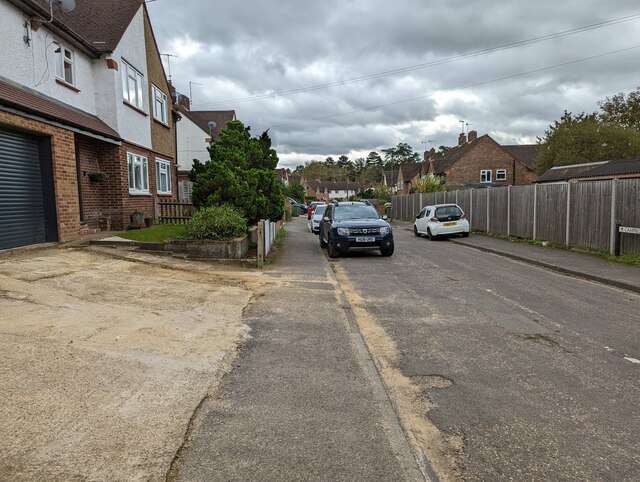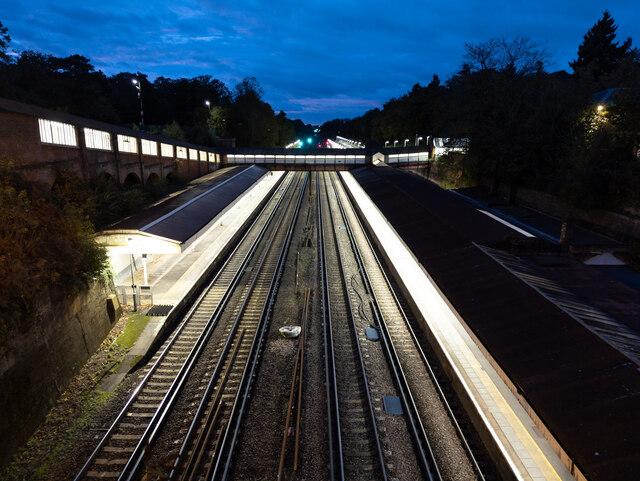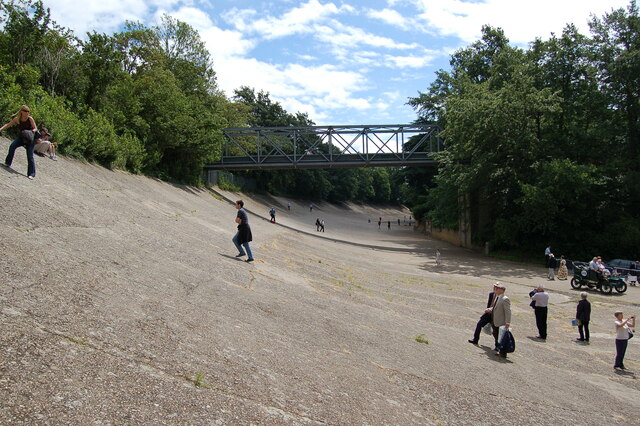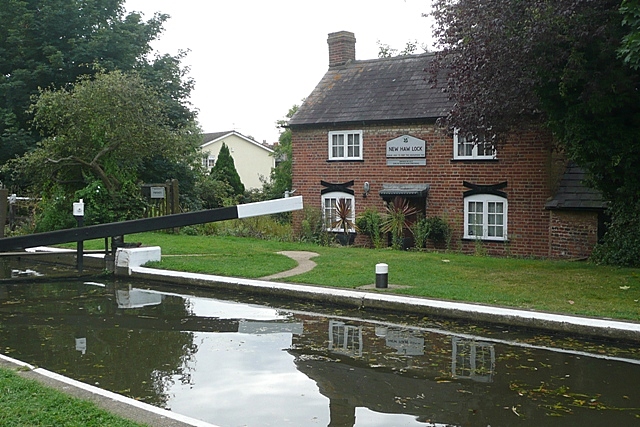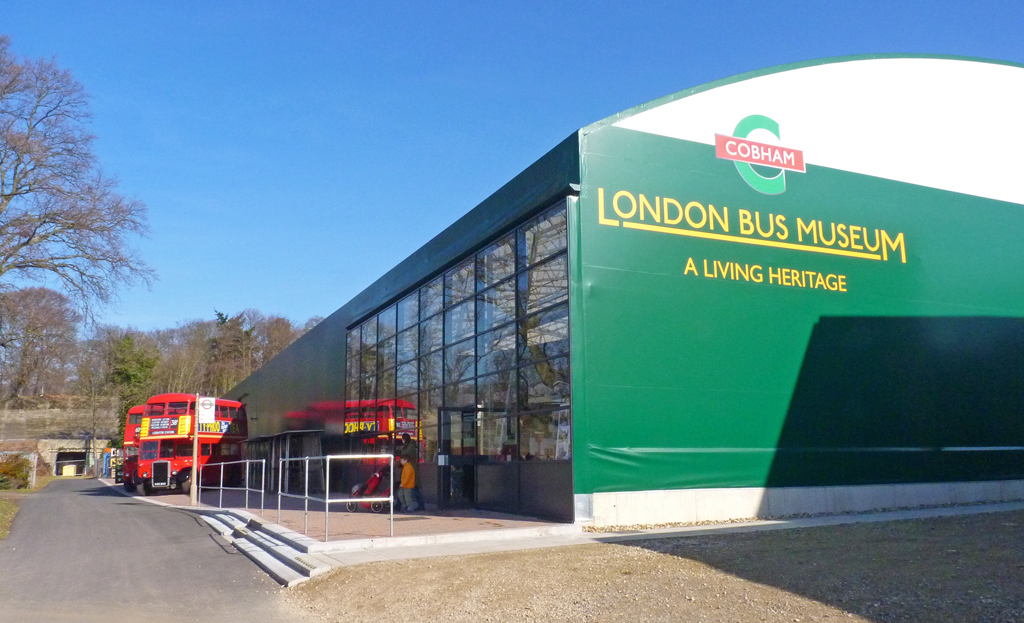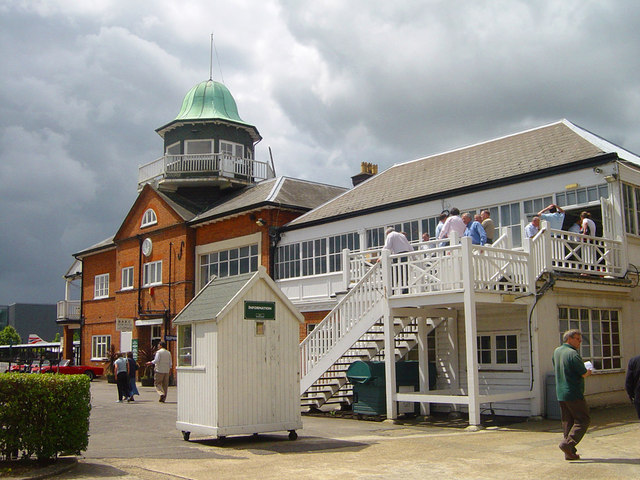Ham Moor
Settlement in Surrey Runnymede
England
Ham Moor
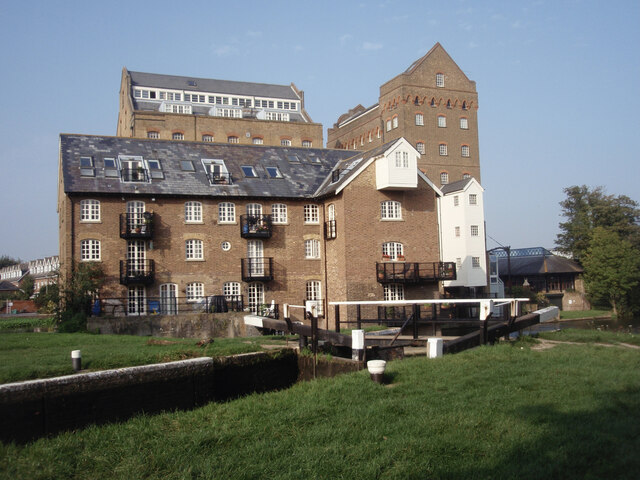
Ham Moor is a picturesque area located in the county of Surrey, England. Situated in the borough of Runnymede, it is a popular destination for nature lovers and outdoor enthusiasts. The moor covers an area of approximately 200 hectares and is characterized by its diverse range of habitats, including wetlands, meadows, and woodlands.
One of the key features of Ham Moor is its rich biodiversity. The wetland areas provide a vital habitat for numerous bird species, including herons, kingfishers, and various waterfowl. The meadows are home to an array of wildflowers and grasses, attracting a variety of insects and butterflies.
The moor also boasts several walking trails and paths, making it an ideal spot for hiking and nature walks. These trails offer visitors the opportunity to explore the different habitats and enjoy the peaceful surroundings. The area is well-maintained, with wooden boardwalks and bridges allowing easy access to the wetland areas.
Ham Moor is not only a haven for wildlife but also a place of historical significance. It is believed that the moor has been in use for grazing livestock since medieval times, and remnants of old farming practices can still be seen today.
Overall, Ham Moor offers a tranquil escape from the bustling city life, allowing visitors to immerse themselves in nature and enjoy the beauty of Surrey's countryside. Whether it's birdwatching, walking, or simply appreciating the natural scenery, Ham Moor has something to offer for everyone.
If you have any feedback on the listing, please let us know in the comments section below.
Ham Moor Images
Images are sourced within 2km of 51.365183/-0.4787835 or Grid Reference TQ0664. Thanks to Geograph Open Source API. All images are credited.
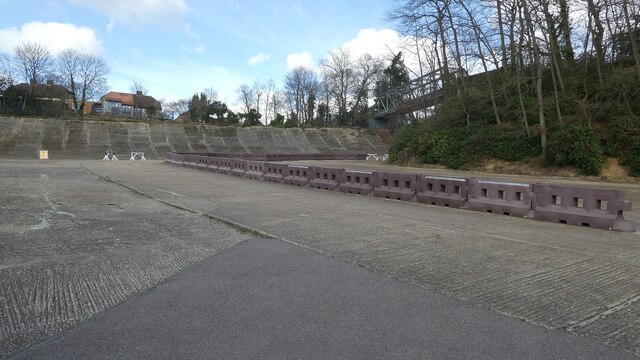
![Brooklands - Napier Railton - Lap record holder This monster of a car was designed by Reid Railton using a 24-litre W12 (3 banks of 4 cylinders)* Napier Lion aero engine. It was manufactured by Thomson & Taylor who were based at Brooklands. It had been commissioned by amateur racing driver (and three times holder of the World Land Speed record) John Cobb. It is thought that this car cost him around £10,000 in 1933 - more than a million in today's money.
On 7th October 1935 Cobb set the Brooklands Lap Record, completing the circuit in just 69 seconds at an average 143.44mph - see <span class="nowrap"><a title="https://www.brooklandsmuseum.com/about/latest-news/80th-anniversary-of-the-napier-railtons-ultimate-outer-lap-record#:~:text=On%20the%207th%20October%201935,beaten%20average%20of%20143.44mph" rel="nofollow ugc noopener" href="https://www.brooklandsmuseum.com/about/latest-news/80th-anniversary-of-the-napier-railtons-ultimate-outer-lap-record#:~:text=On%20the%207th%20October%201935,beaten%20average%20of%20143.44mph">Link</a><img style="margin-left:2px;" alt="External link" title="External link - shift click to open in new window" src="https://s1.geograph.org.uk/img/external.png" width="10" height="10"/></span> for more details of this run.
Its fuel tank holds 65 gallons, which at today&#039;s [2022] petrol prices would cost about £500 to fill - mind you, it needs a decent sized tank as it only manages about 5mpg!
This car is still in perfect running order and is often seen around the country at events such as the Goodwood Festival of Speed.
* Engine details: High compression version (6.1:1) (RAF specification). Naturally aspirated (no supercharger) Napier Lion aero engine. W12 (broad arrow) cylinder configuration of 23.944 litres capacity. Producing 580 bhp (433 kW) at 2585rpm (recorded at 5,000ft), and 1,250 pound-foot (1.695 kNm) of torque.](https://s2.geograph.org.uk/geophotos/07/12/06/7120698_83e9f0cd.jpg)
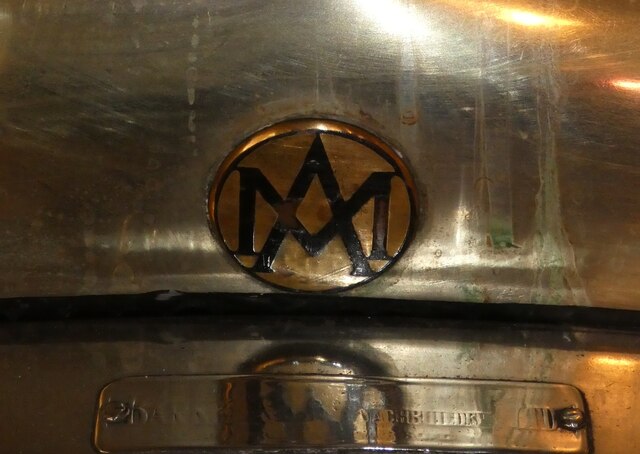
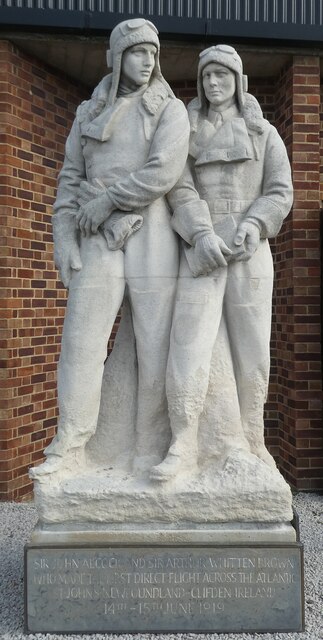
![Brooklands - Rolls Royce Merlin Engine Mk61 The Rolls Royce Merlin Engine was fitted to many iconic WWII aircraft including the Hawker Hurricane (fighter) from its prototype in 1935, the Vickers Wellington (bomber) and Supermarine Spitfire (fighter). The Mk61 seen here was developed in 1942 and was fitted to the Spitfire Mk IX and XI, the latter being a photo-reconnaissance aircraft.
The engine specification for the Mk61 is:
Upright 60° V12 (12 cylinder)
1260bhp (940kW)
27 litre (1637 cu in)
Bore 5.4&quot; (137mm)
Stroke 6&quot; (152mm)
[Note: Assuming the capacity and bore are correct, the stroke is probably nearer 5.95&quot; than 6&quot;]](https://s2.geograph.org.uk/geophotos/07/12/09/7120986_05bb7416.jpg)
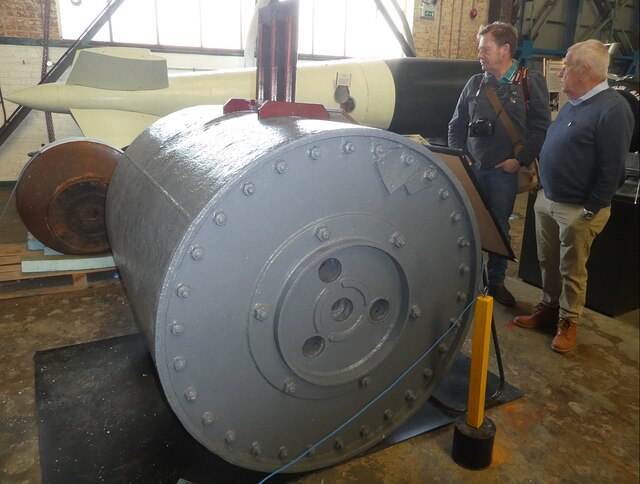
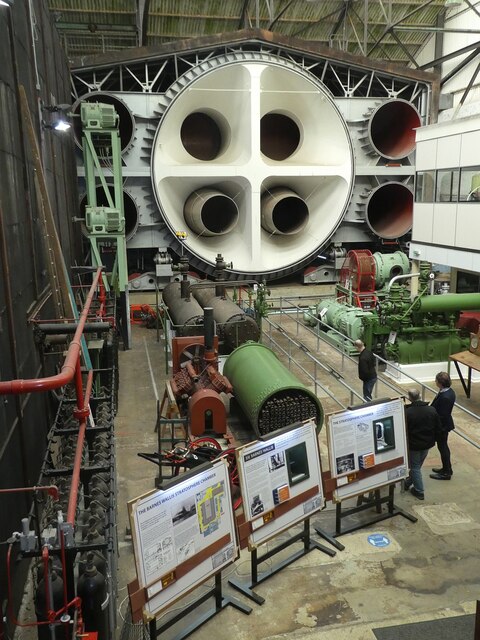

![Brooklands - Concorde 202 G-BBDG ('Delta Golf') A view of Concorde 202 G-BBDG (&#039;Delta Golf&#039;) looking along its fuselage from its pointed nosecone. G-BBDG was the first plane in history to carry 100 passengers at twice the speed of sound. It also has the distinction of having been used as the training plane for every Concorde pilot.
If you visit Brooklands, you can pay a little extra [£6 as of 2022] to enjoy the Concorde Experience where you go onboard and learn a lot of interesting facts about this amazing piece of engineering.](https://s1.geograph.org.uk/geophotos/07/12/12/7121285_96ce0c87.jpg)
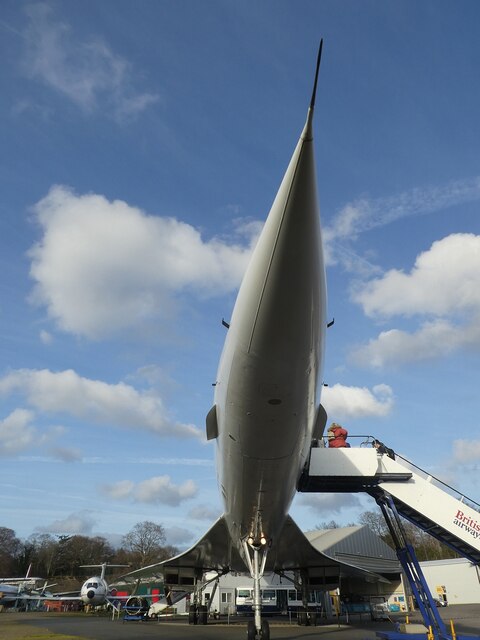
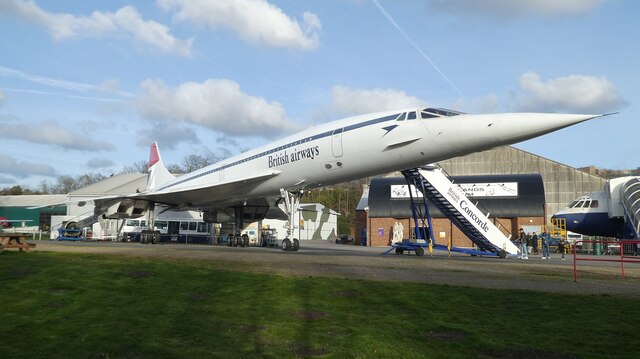
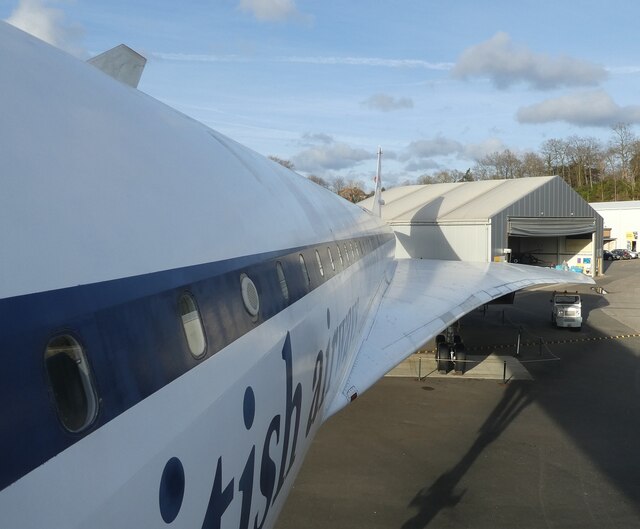
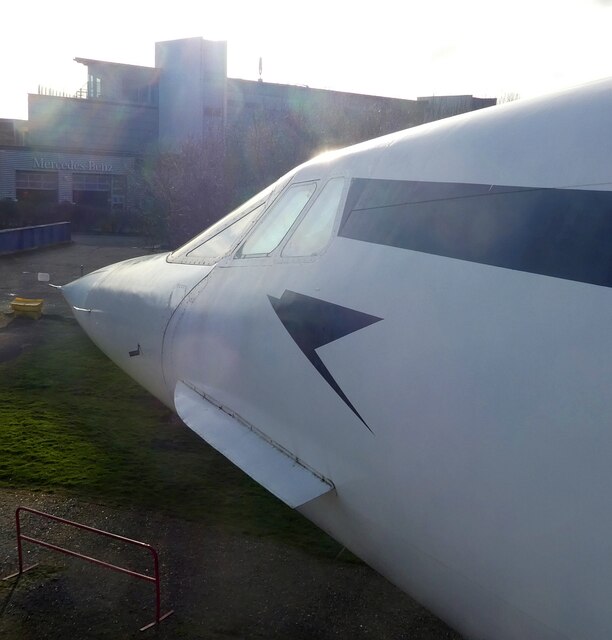
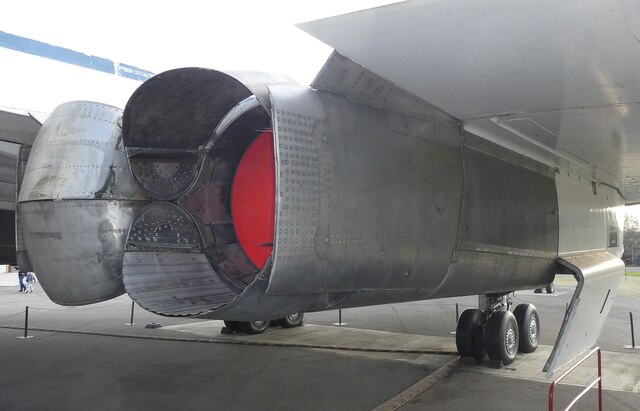
Ham Moor is located at Grid Ref: TQ0664 (Lat: 51.365183, Lng: -0.4787835)
Administrative County: Surrey
District: Runnymede
Police Authority: Surrey
What 3 Words
///winks.shuts.upon. Near Addlestone, Surrey
Nearby Locations
Related Wikis
Related Videos
Brooklands #shorts #travel
Brooklands #shorts #travel A Weybridge-től délre található Brooklands Múzeum volt a brit motorsport és repülés szülőhelye.
United Kingdom(UK) - Jalan Jalan Tepi Sungai Nov 2023 #travel #pelancongan #sungai #river #walking
Jom Pergi Berjalan sambil cuci mata di tepi sungai sambil temgok burung burung liar.
Weybridge Town Centre Street View, Surrey, UK, England 🇬🇧 4K HDR
DATE RECORDED - 18 July 2022 Monday LOCATION - https://goo.gl/maps/eTtGx6QCJ93MmX989 #Surrey #UK #England ...
Nearby Amenities
Located within 500m of 51.365183,-0.4787835Have you been to Ham Moor?
Leave your review of Ham Moor below (or comments, questions and feedback).
